Getting it right for every child (GIRFEC) Practice Guidance 1 - Using the National Practice Model - Easy Read
This guidance on using the National Practice Model is for people who work with children, young people and families. The guidance should help people to understand more about wellbeing.
Step 3: The Resilience Matrix

The Resilience Matrix is a way for workers to assess how well a child or young person will be able to cope with the challenges of life. It puts the information into 4 areas:
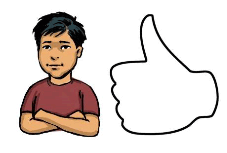
Resilience - Things that help a child or young person cope when difficult situations happen. This can include feeling good about themselves, strong family relationships and problem solving skills.
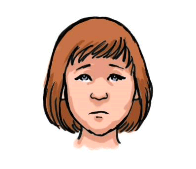
Adversity - Things that make a child or young person's life more difficult. This can include poverty, abuse and parents who use alcohol or drugs.

Vulnerability - Things that can make a child or young person more vulnerable. This can include minority, disability, bad care experiences or abuse.
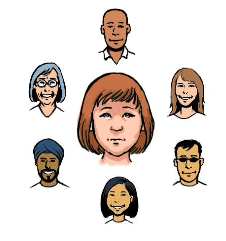
Protective environment - Things that protect the child or young person from difficult times. This can include a good school experience, supportive adults, community connections, and leisure activities.
How can the Resilience Matrix be used in GIRFEC?
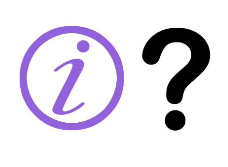
When using the Resilience Matrix, workers will have information gathered from lots of different sources. They need to make sense of the information before they can make a plan for the child or young person's support.
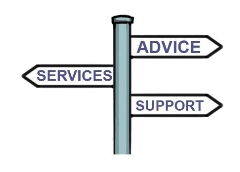
The Resilience Matrix can help point the way to support that will help improve the child or young person's wellbeing.

Workers need to weigh up the good and challenging things that a child or young person may face. They need to think about how these things are connected.
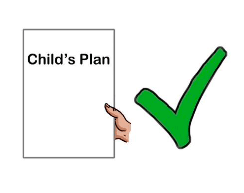
Then the decision will be made about whether a child's plan is needed. If it is, there will be a discussion what the plan should be. This includes what actions need to happen and who will do what.
Contact
Email: GIRFEC@gov.scot
There is a problem
Thanks for your feedback